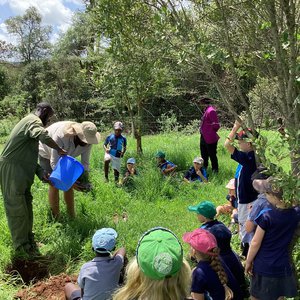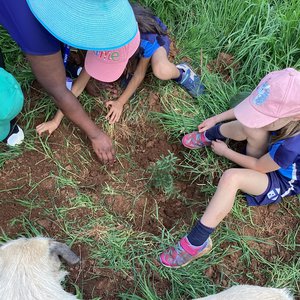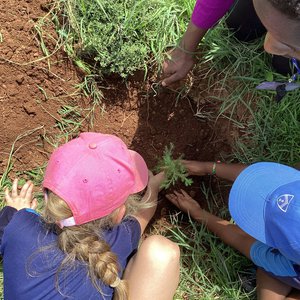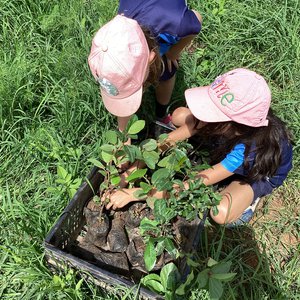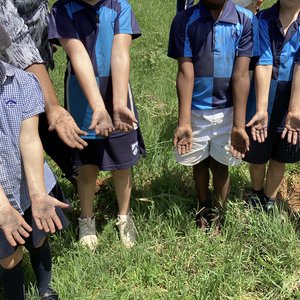Yr 2 Out and About
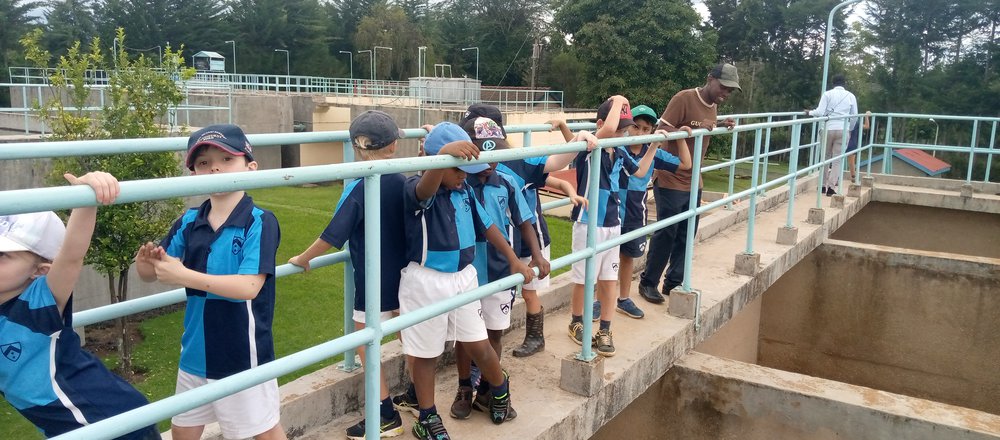
16th May 2023
The last two weeks have been a hive of activities for the Year 2 children. Their mission over the STEAM fortnight was to learn more about water harvesting, storage and conservation for the future; as a result of this, they were lucky enough to go, not one, but two trips over these two weeks, to very different places.
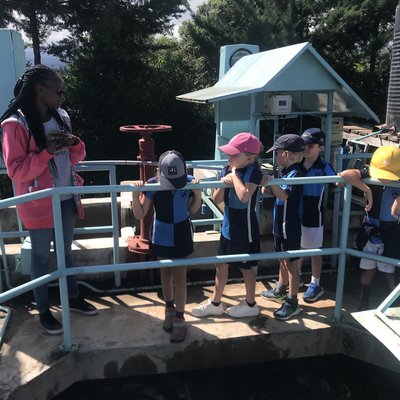
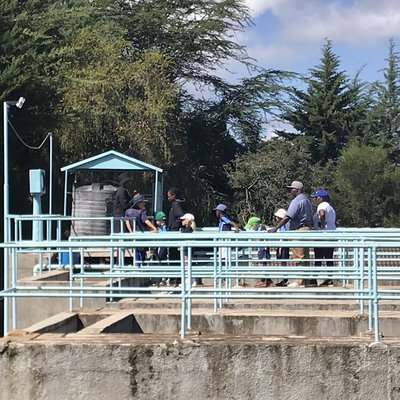
Their first destination was the Nanyuki Water Treatment Plant. Here, they learnt just how complicated the treatment of river water flowing from Mt. Kenya is and that it is not as simple as just ‘cleaning’ the water as they had previously thought.
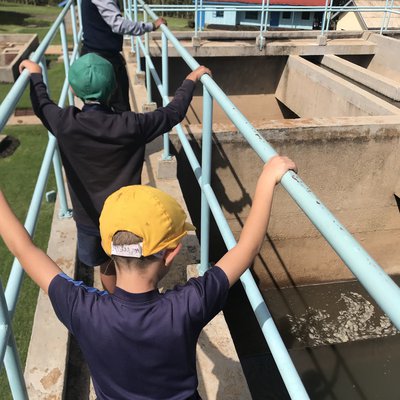
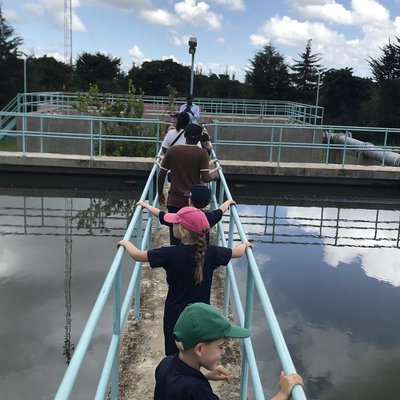
They got to explore the different stages that water goes through as it is being purified, learning from on top of the massive tanks, being able to visually see how the water is cleaned. An amazing discovery was that the water is monitored twenty-four hours each day by the technicians who work there.
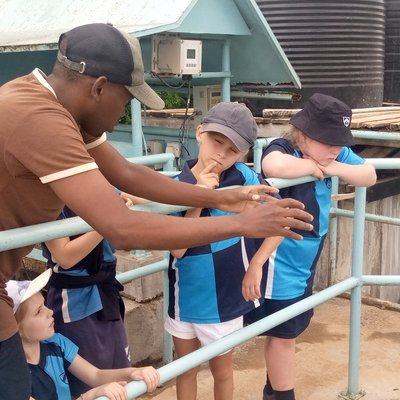
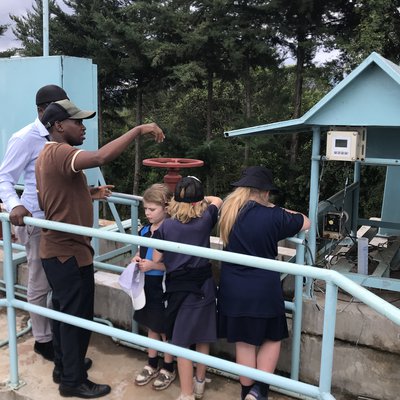
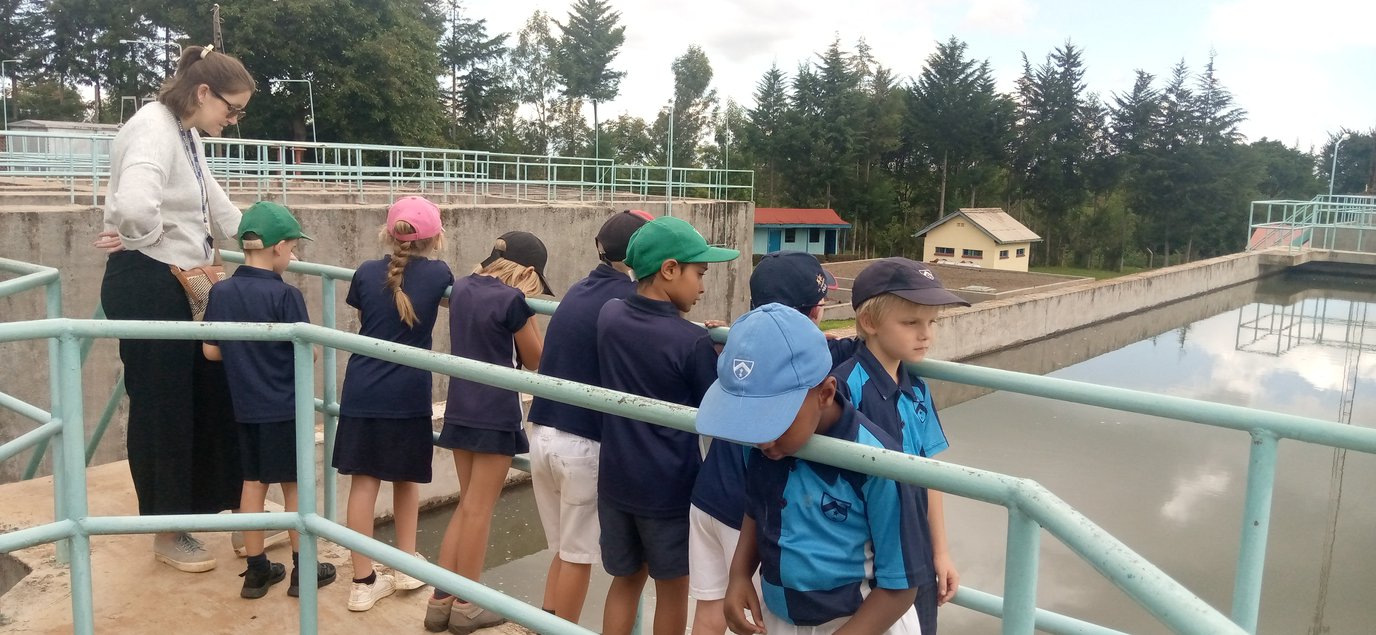
The children got a closer look at the laboratory where water is inspected to ensure it is free from the microorganisms that can cause diseases. They asked plenty of questions which kept the technicians on their toes. They also visited the water bottling plant, within the same premises, where water is further purified, packed in plastic bottles and sold in shops in Nanyuki town. The children got to have a hand in filling the bottles, turning the taps on and off and also saw the machines that further purifies the water, like the UV machine. A huge thanks to our host Mr. Wambugu for his willingness to help the children learn more about water storage and purification.
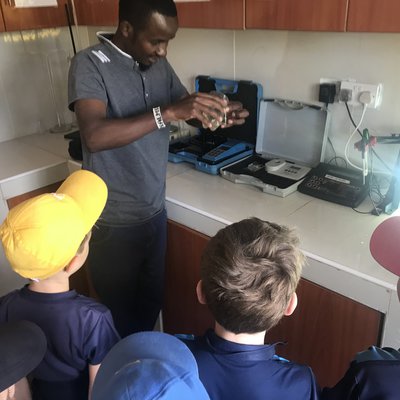
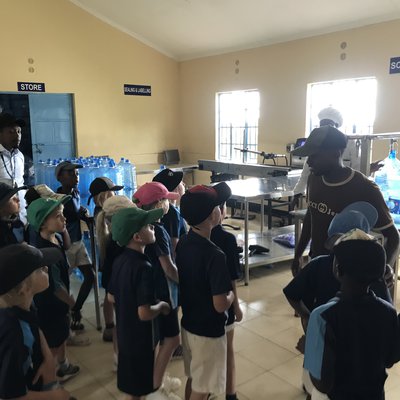
Our second destination was to the Taylor’s home at Lolldaiga. Their residence has plenty of water collection systems in place which allowed the children to have a closer look at all the different methods they could include when designing a home for the future. The children discovered that the slanted roof collected more water into the gutters (leading to many slanted roofs on their models). They looked at the guttering system that was all around the house as well as the piping down from the gutters to the massive tanks that store the water underground. The children got to venture under the platform that stores the tanks and meander around, enjoying the exploring aspect of the trip. The children were made aware of how gravity plays a big role in the water collection system and that their piping systems need to be below their tanks rather than above them.
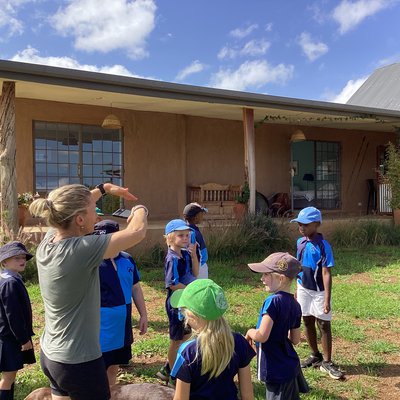
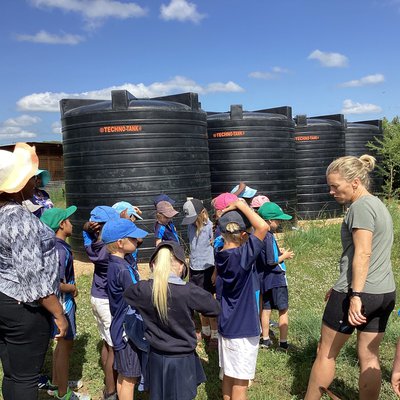
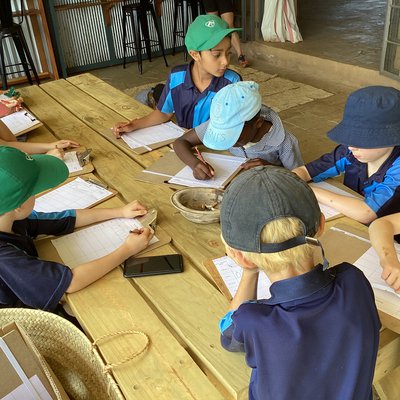
The water is then pumped using a machine, against gravity, to other elevated tanks that in turn supply the water to the house and to the stables. What an amazing system! The children absorbed this information and applied most of the ideas in designing and making their homes for the future during STEAM last week. The children were then led to the Lolldaiga conservancy where they continued learning the different ways of harvesting water. We were lucky enough to also have a mini game drive, we were treated to a beautiful view of the Lolldaiga Hills and got to see zebras, gazelles, giraffes, elephants and even a tortoise. What a trip!
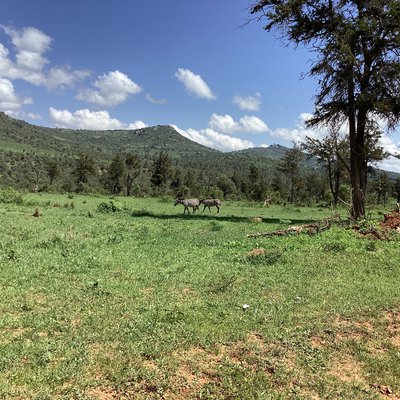
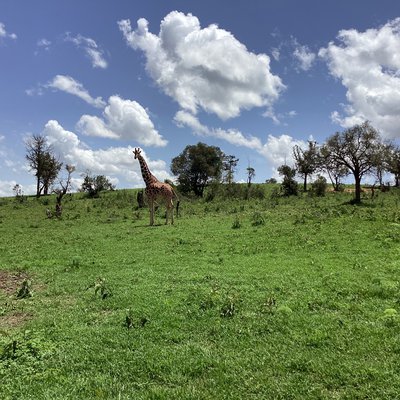
The first site was the borehole system where children learnt that it is not sustainable if the groundwater is not being recharged. One way of recharging ground water is softening the soil by using livestock and ensuring there’s grass cover. Livestock also help in grass seed dispersal. Therefore, keeping cows at Lolldaiga is a useful venture that will ensure continuity of grass cover. The children took part in a recharge experiment, recording the time it takes for the water to be reabsorbed into the soil on dry bare ground and on healthy, grassy ground. They loved the idea of having horses and cows on their land to help with the soil quality. Grassy areas with livestock also featured in their models. Bravo Year 2s!
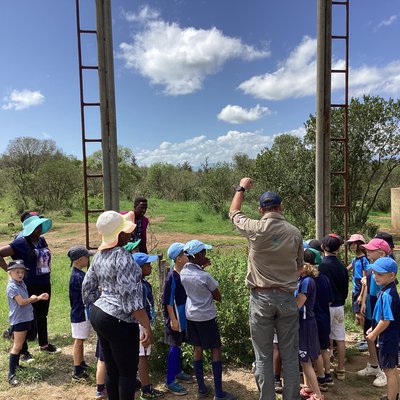
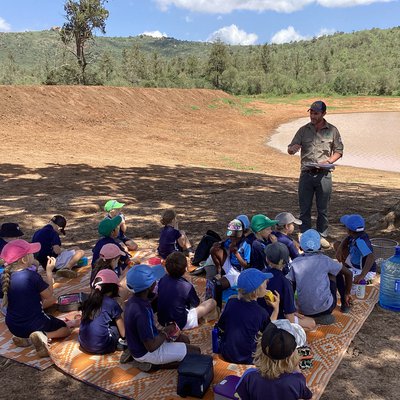
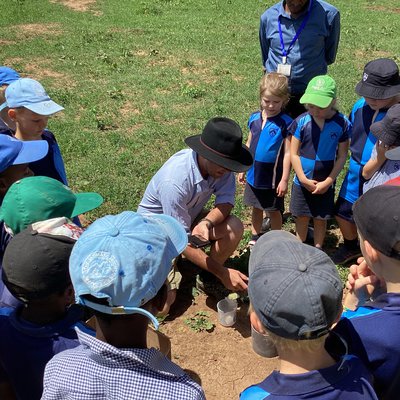
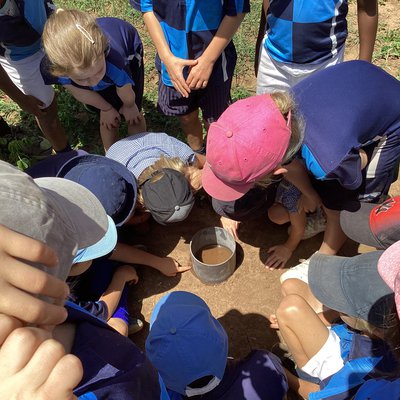
The next station was the man-made dam that collected rain water and stored it for the wild animals to drink. This was a sustainable way of collecting and storing water as long as the water cycle is well maintained. The children were also taken to see a spring that supplies water for the animals. Unfortunately, there was no water flowing from the spring; Mr Tailor explained that a lot needs to be done to ensure the soil is healthy for the springs to be able to produce water.
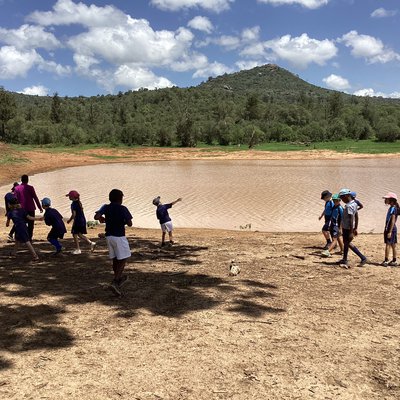
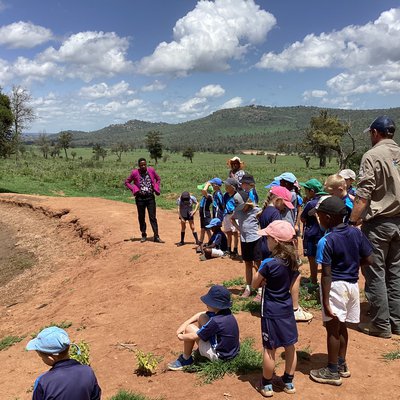
There were other water collection systems that were high up in the conservancy that we were not able to reach, these were the sand dams and rock dams. Mr. Taylor was kind enough to get us photos of these so that they could be explained. Again, these were replicated in most of the homes designed by the children at school.
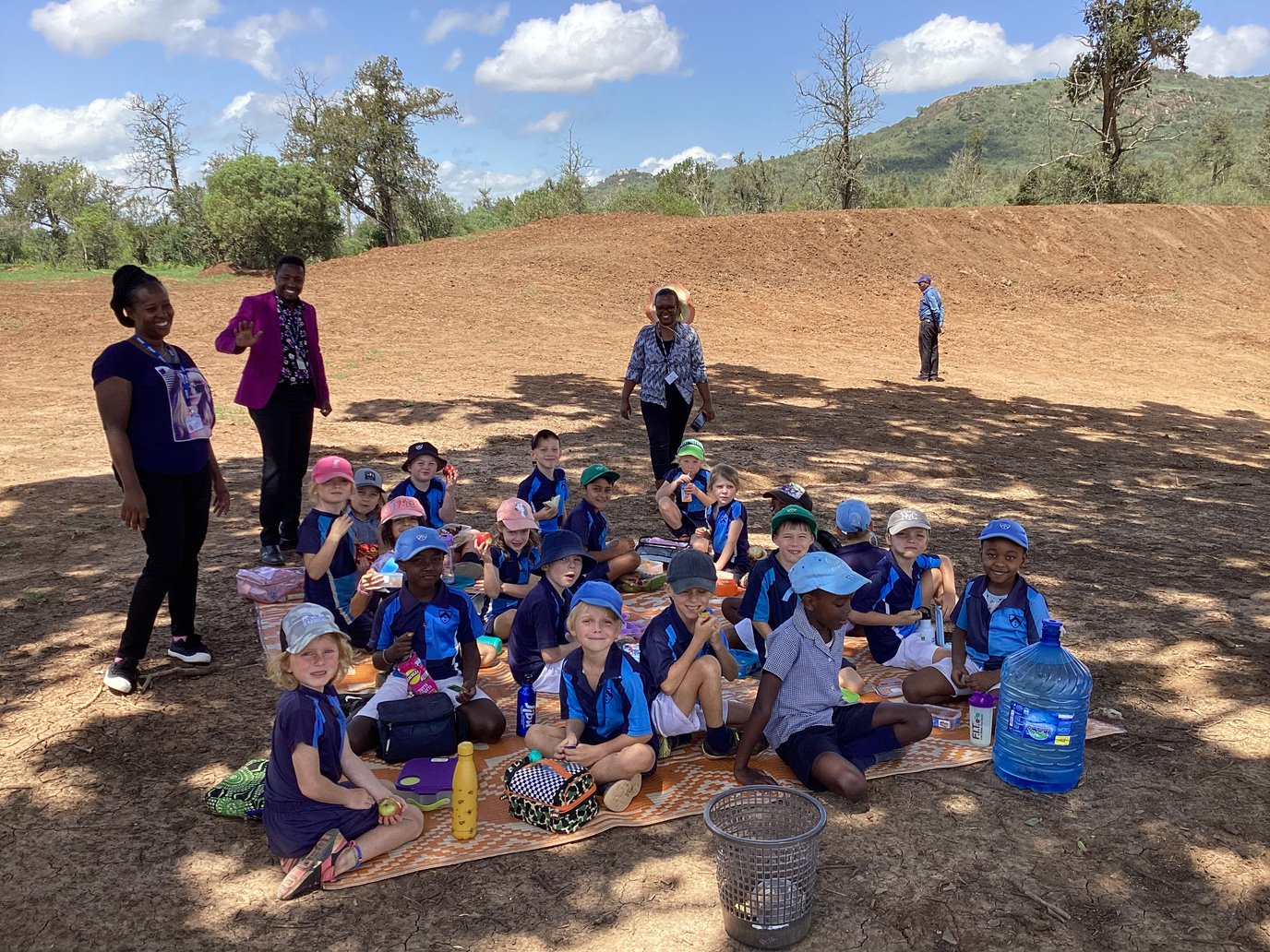
Our last treat was from the Timau River Project. We ventured down to the Timau River that flows through Lolldaiga Conservancy. Here, the children learnt the importance of planting and maintaining trees. There was a case scenario where one side of the river bank was intact because the tree roots held the soil together whereas on the other side the river bank was eroded because the soil was loose. Children were excited to help reclaim the lost river banks by planting indigenous trees such as the red cedar in the form of seedlings and they also scattered seeds coated in charcoal dust along the river bank.
The children thoroughly enjoyed taking part in restoring the ecosystem (and getting their hands dirty), this was a highlight of the trip for many. A huge thank you to our hosts; Mr and Mrs. Taylor as well as Mr Richie and Mr Ed.












